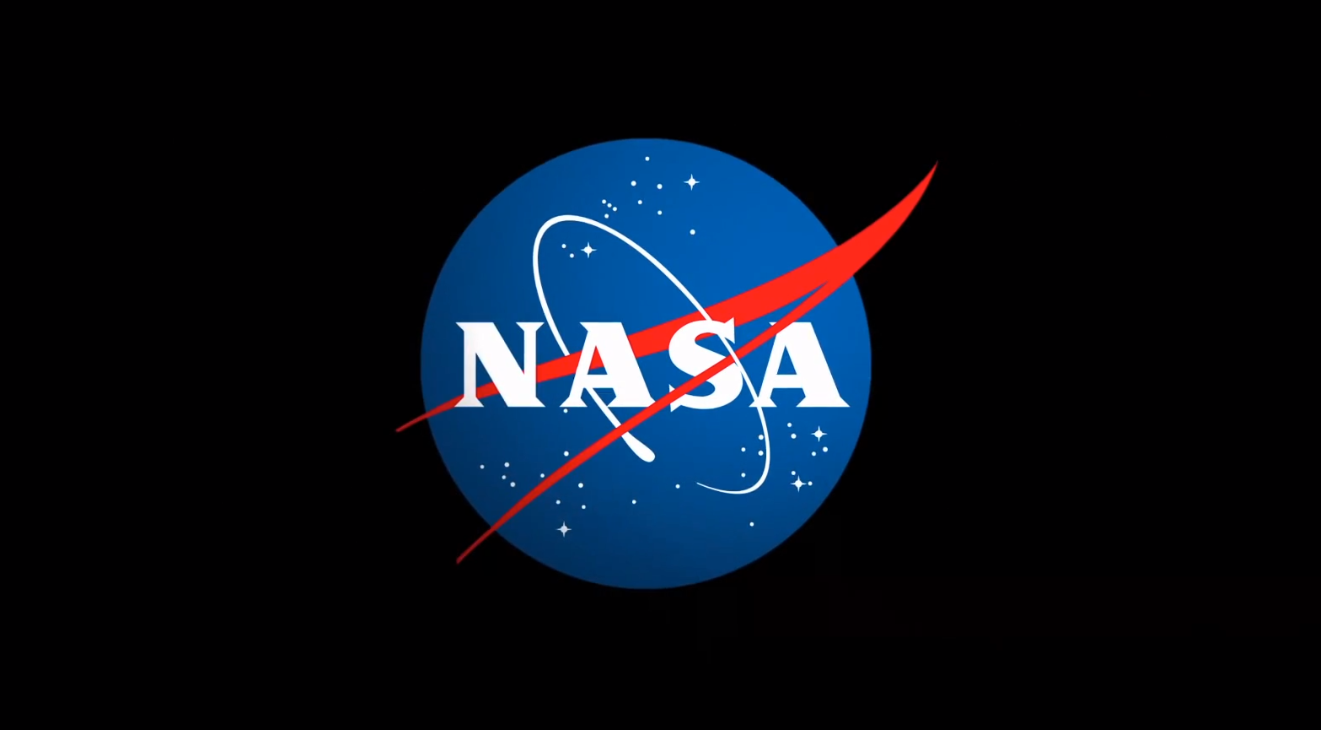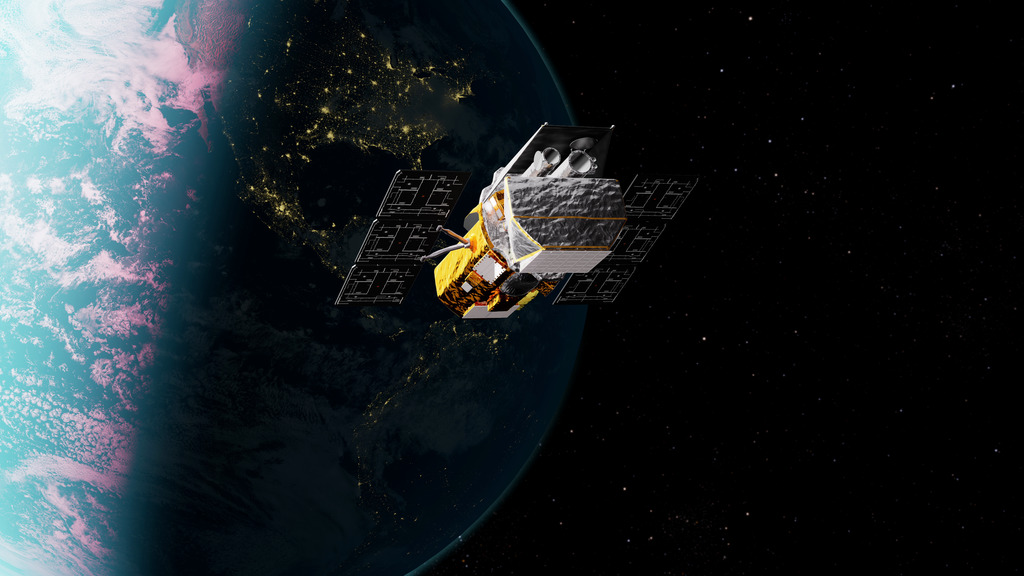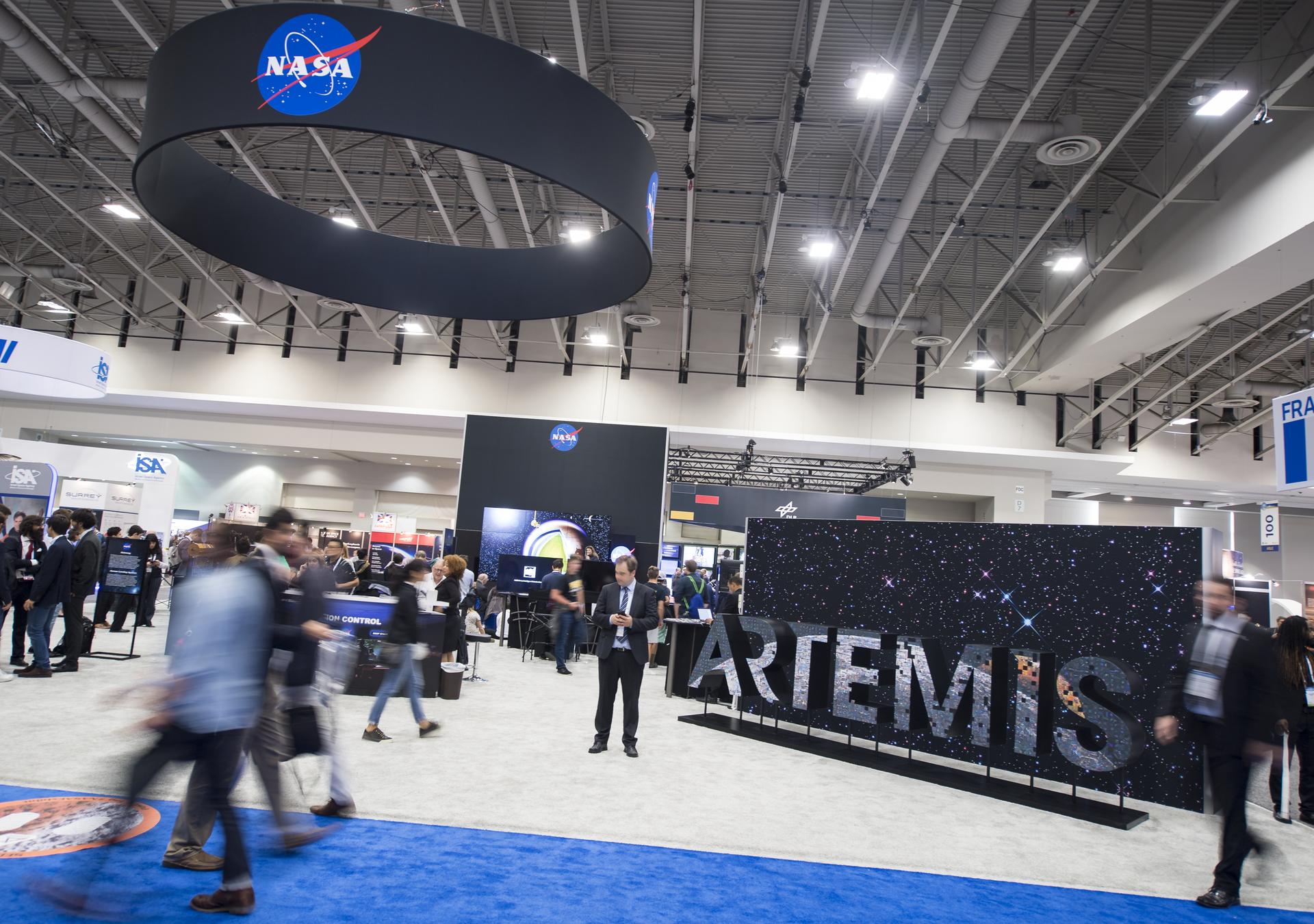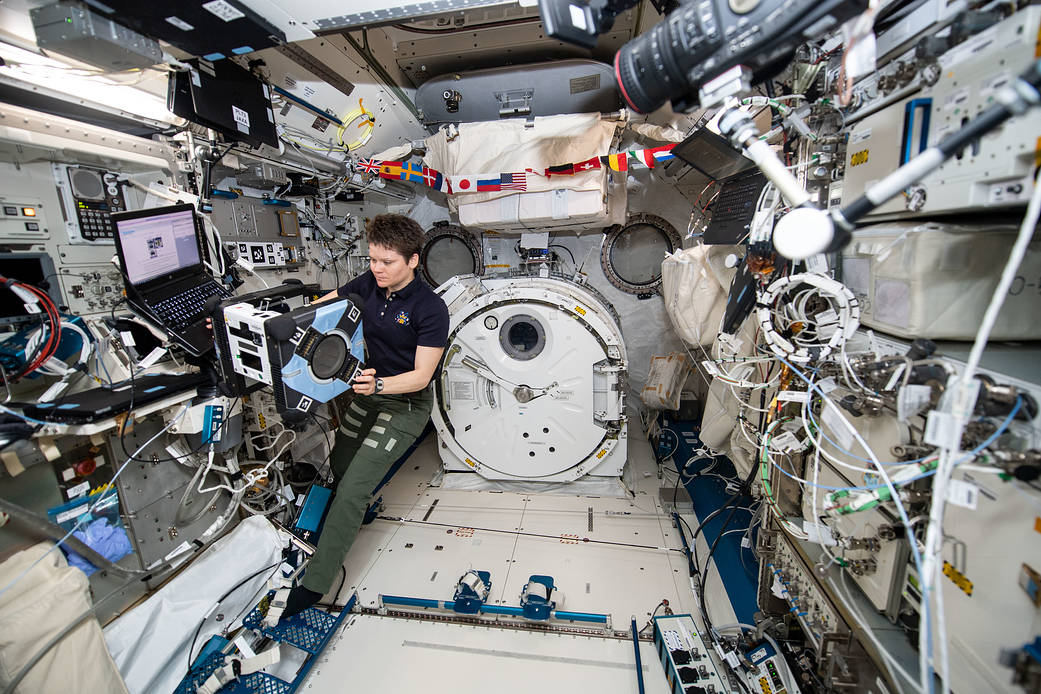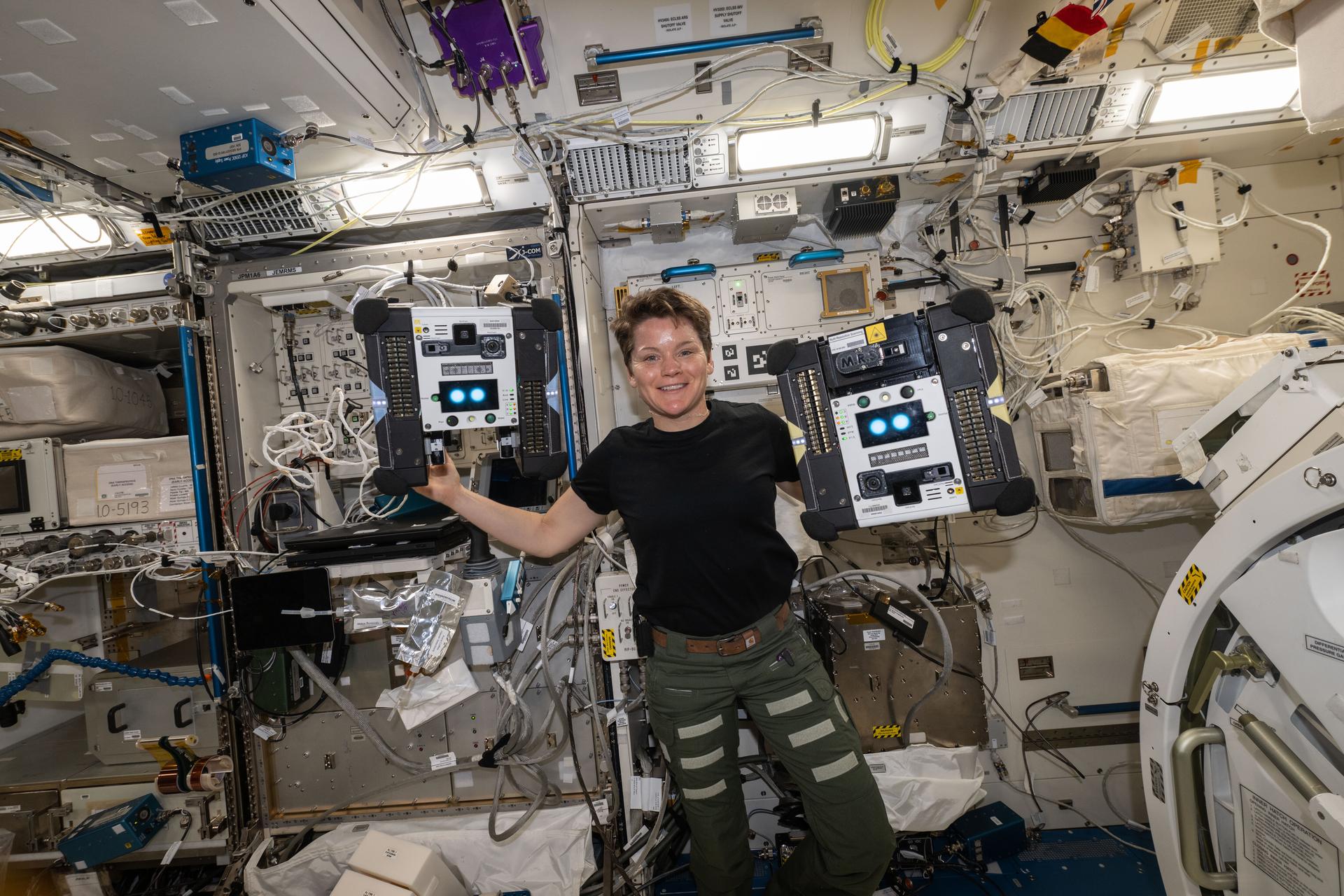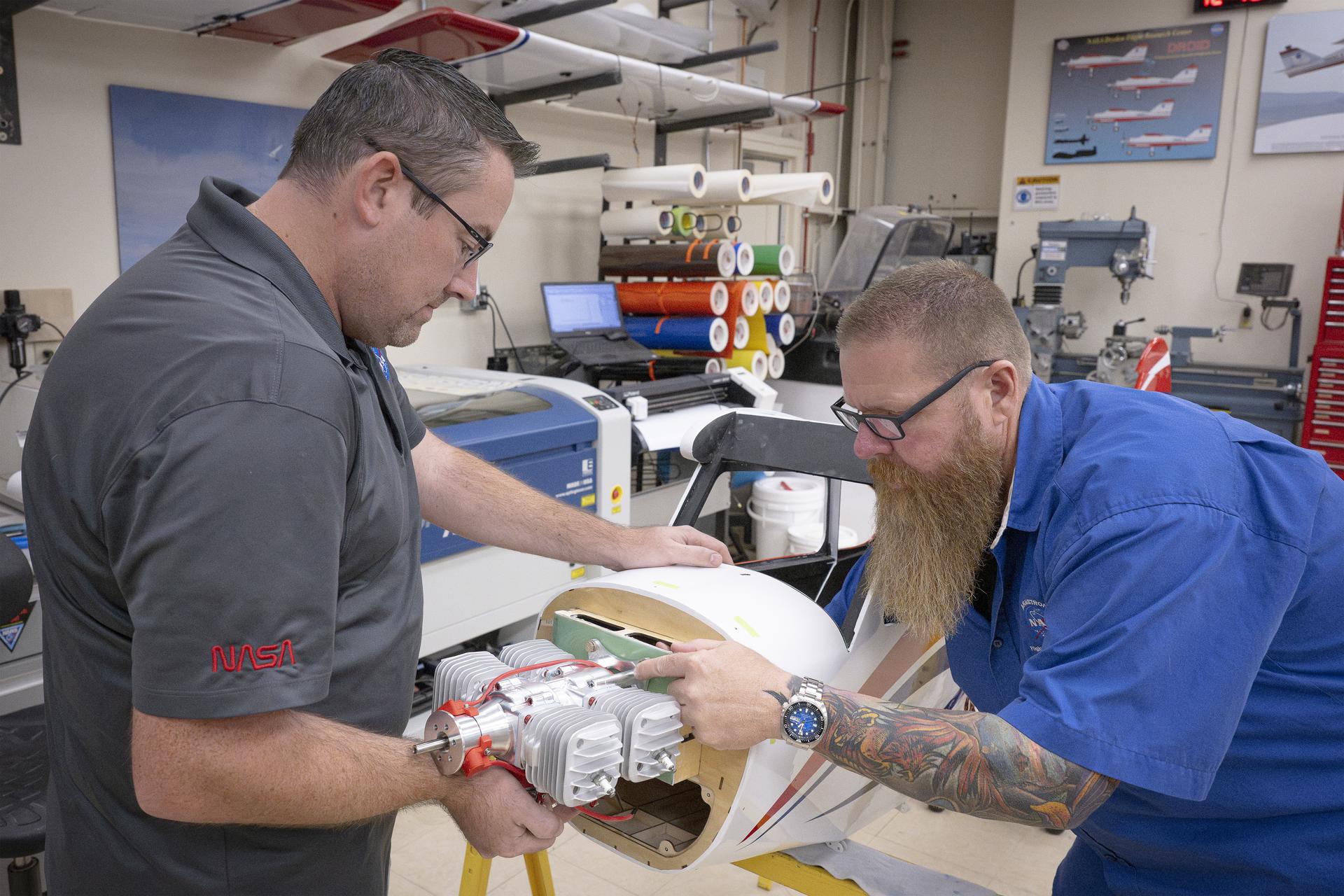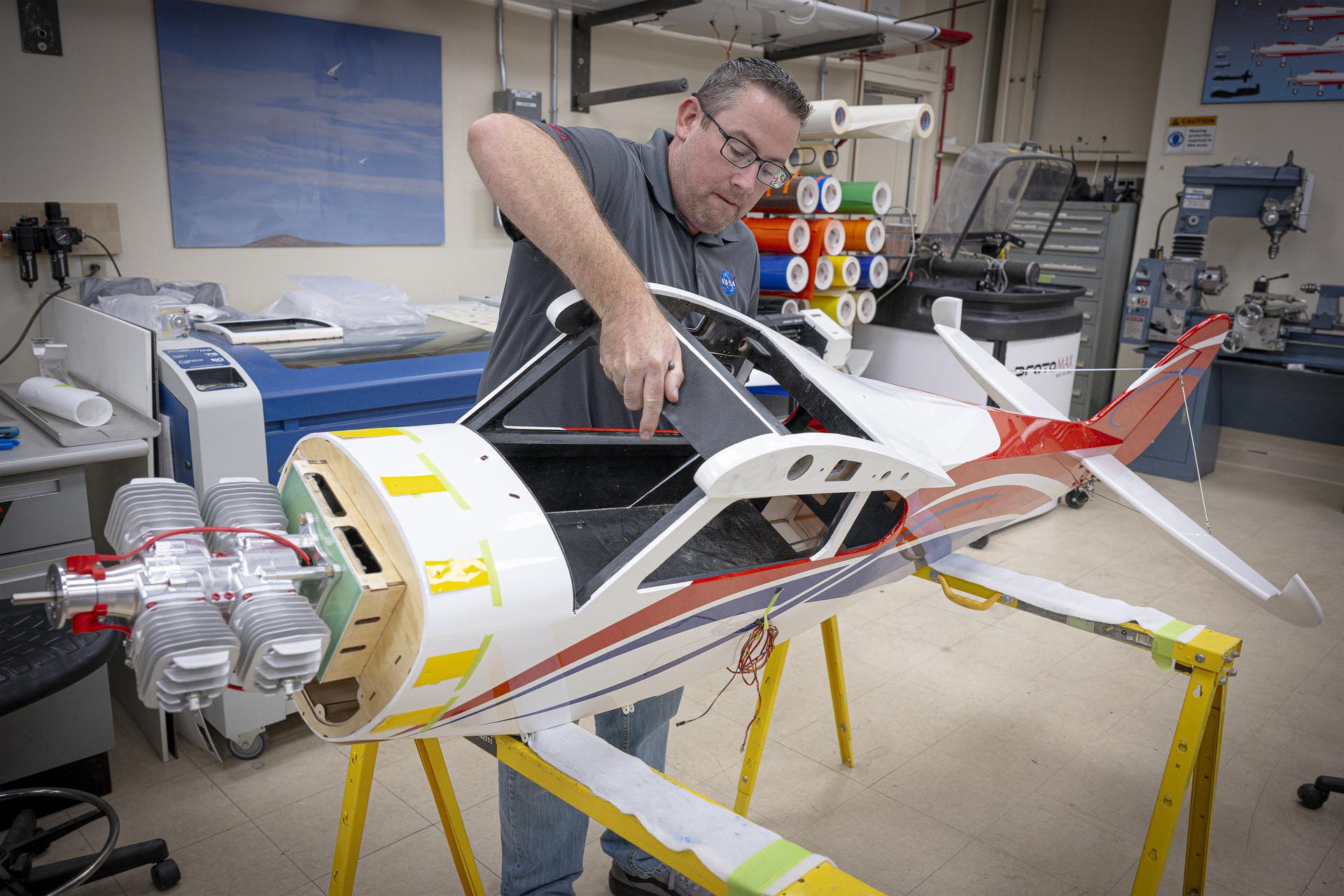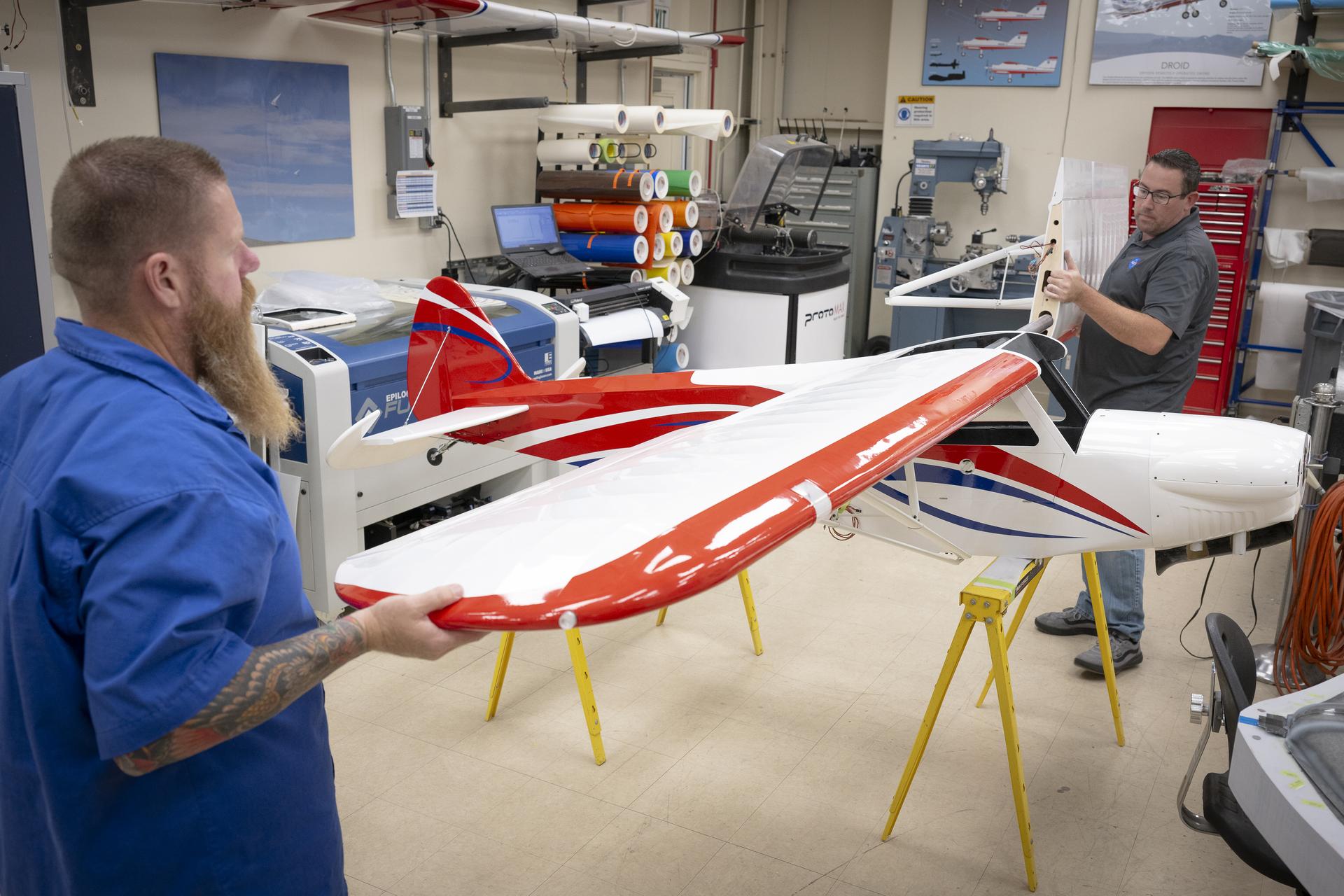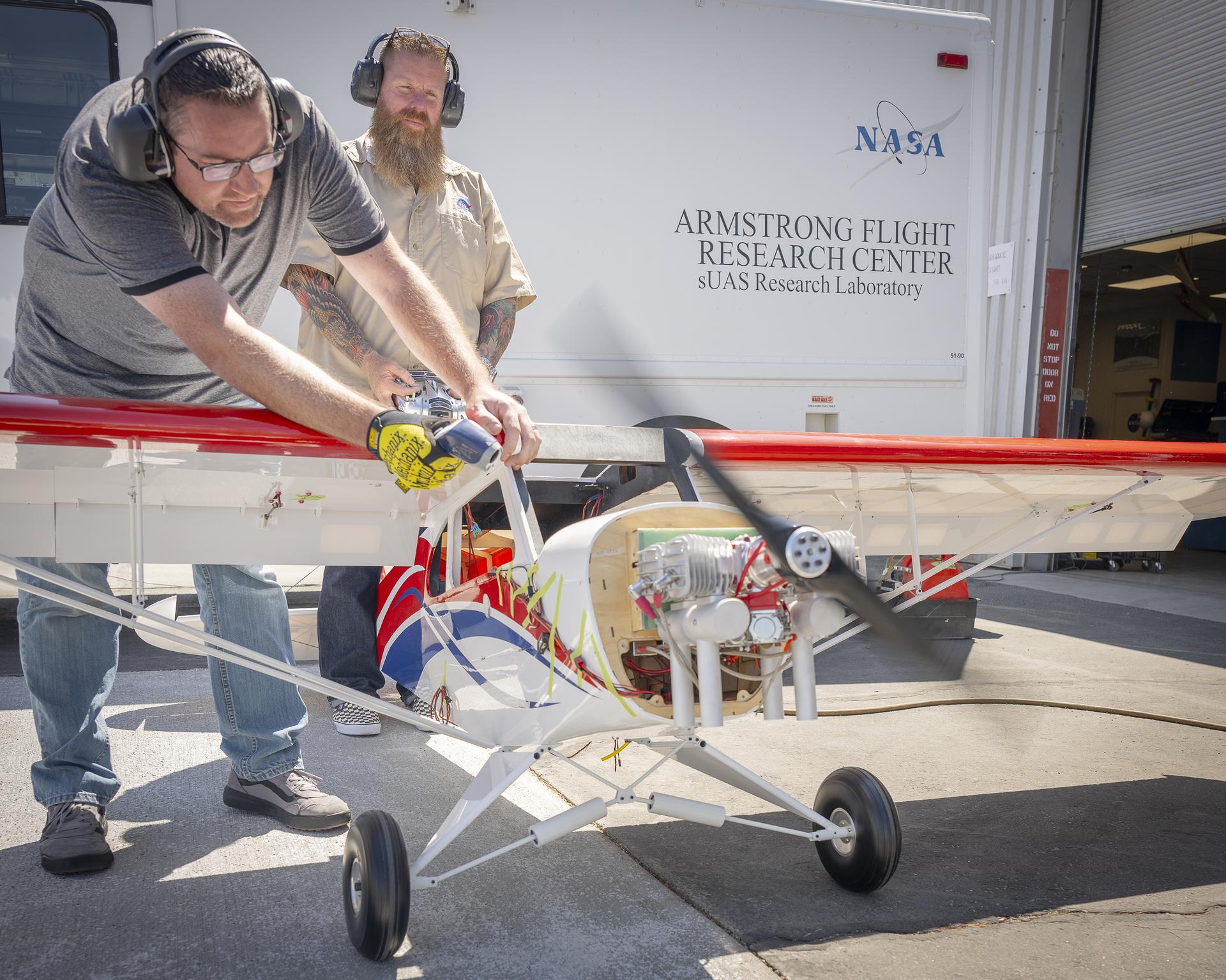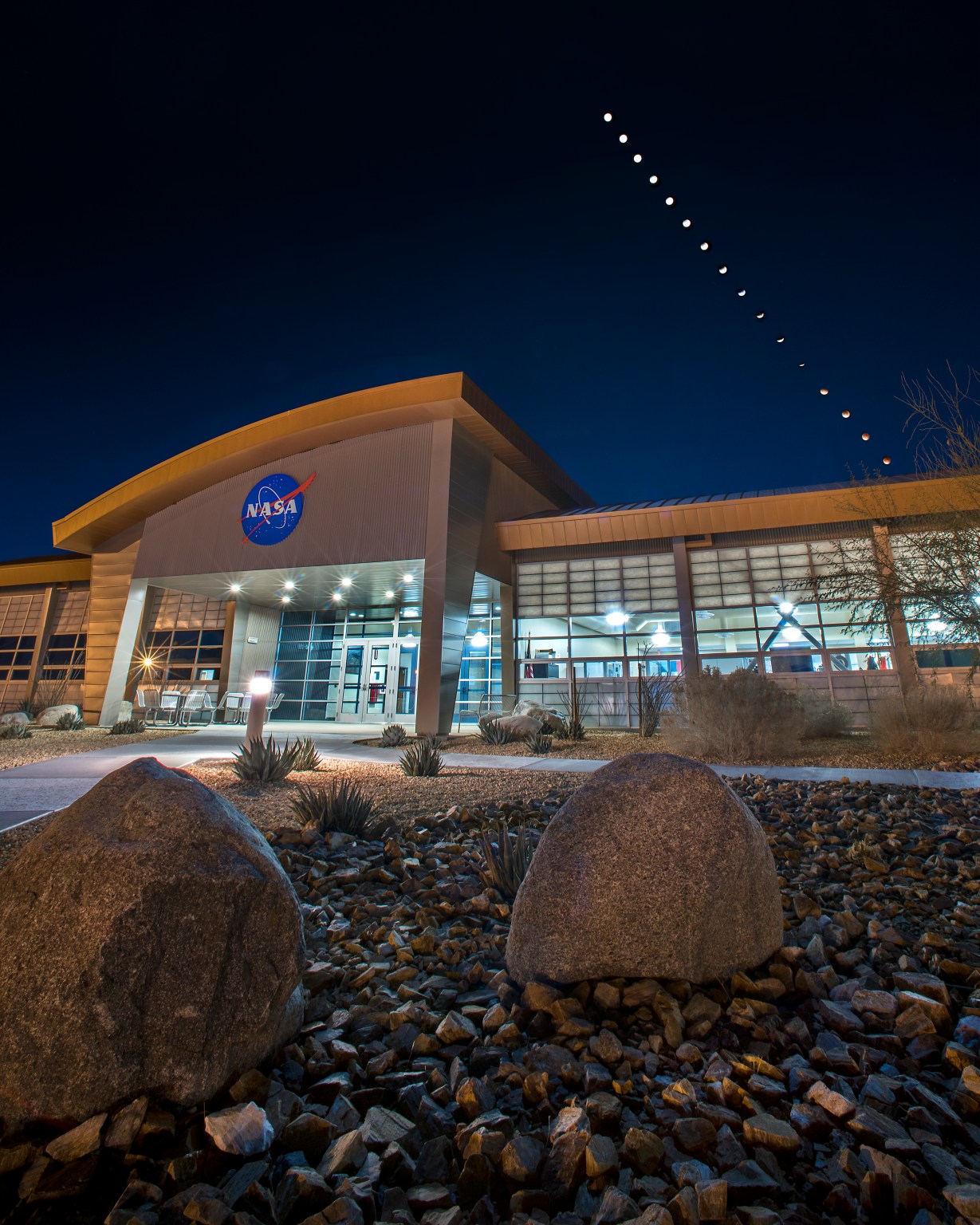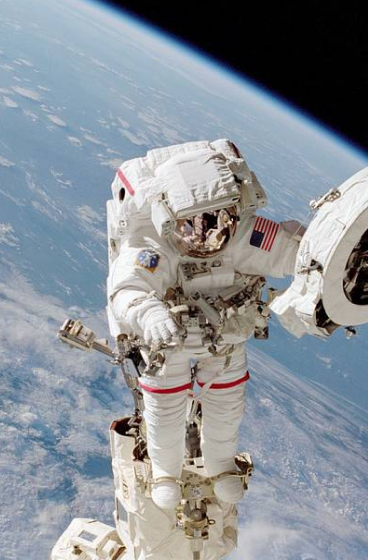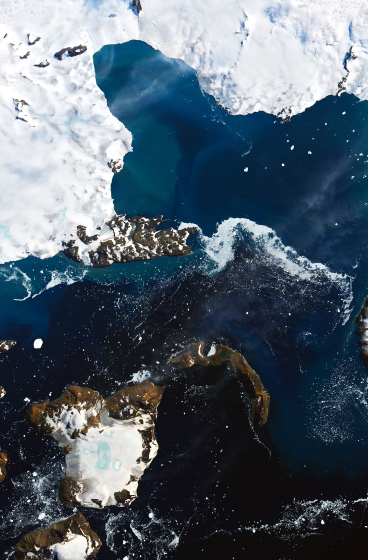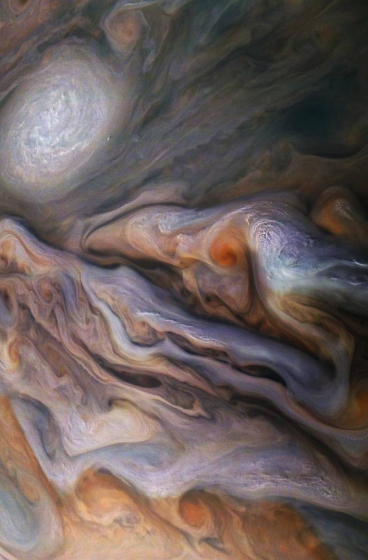📰 Trending Topics
Google News - Trending
Google News - Technology
Qualcomm announces Snapdragon X2 Elite and Extreme for Windows PCs - The Verge
2025-09-24 21:03
- Qualcomm announces Snapdragon X2 Elite and Extreme for Windows PCs The Verge
- Qualcomm showcases new PC chip with features aimed at business market Reuters
- Qualcomm New Chip Promises AI Agents in Your PC IEEE Spectrum
- Your Next Android Flagship Phone Will Get These 3 Updates in 2026 CNET
- Qualcomm’s Snapdragon X Revolutionized Windows Laptops. Here Comes the Second Act WIRED
I tested the iPhone 17 Pro Max, and here's one big reason for a year-over-year upgrade - ZDNET
2025-09-25 00:00
- I tested the iPhone 17 Pro Max, and here's one big reason for a year-over-year upgrade ZDNET
- Apple’s iPhone 17 Shows Device’s Staying Power — At Least for Now Bloomberg.com
- Never Mind the iPhone Pro: The iPhone 17 Is Probably All You Need CNET
- You Probably Should Just Buy the iPhone 17 WIRED
- Should you buy the iPhone 17 Pro Max if you own the iPhone 16 Pro Max? Here's our verdict TechRadar
Google's ChromeOS Will Combine With Android Next Year to Supercharge Big-Screen AI - CNET
2025-09-24 22:39
- Google's ChromeOS Will Combine With Android Next Year to Supercharge Big-Screen AI CNET
- Wall Street Will Rethink Qualcomm Price Targets After Google Announcement TheStreet Pro
- Google reveals its Android for PC is coming next year The Verge
- Google is putting Microsoft on notice: Confirms it's working with Qualcomm to bring Android to PCs Windows Central
- ‘I’ve seen it, it’s incredible’: Qualcomm CEO hypes new desktop Android OS that sounds like a genuine game-changer TechRadar
YouTube now lets you hide recommendation pop-ups at the end of videos - TechCrunch
2025-09-24 19:09
- YouTube now lets you hide recommendation pop-ups at the end of videos TechCrunch
- YouTube’s Rolling Out an Option to Remove Video End Screens Social Media Today
- YouTube will finally let you hide popups at the end of videos Engadget
- YouTube: How to turn off annoying end screen content recommendations Business Standard
- YouTube rolls out updates to remove end screens and subscribe button Social Samosa
NASA - Breaking News
NASA Awards Atmosphere Research Support Contract
2025-09-24 21:11
NASA has selected Science and Technology Corp. of Columbia, Maryland, to support atmospheric science research and development at the agency’s Goddard Space Flight Center in Greenbelt, Maryland.
The Atmosphere Support is a cost-plus-fixed-fee, single-award indefinite-delivery/indefinite-quantity contract with a maximum ordering value of $163.1 million. The contract will have an effective date of Monday, Nov. 3, 2025, for a period of five years.
Under the contract, the awardee will assist NASA Goddard’s Earth Science Division with all atmospheric science research and development and will conduct a comprehensive atmospheric science research and technology development program directed toward observing, monitoring, characterizing, modeling, understanding, and advancing knowledge of the Earth’s atmosphere.
For information about NASA and agency programs, visit:
-end-
Tiernan Doyle
Headquarters, Washington
202-358-1600
tiernan.doyle@nasa.gov
Robert Garner
Goddard Space Flight Center, Greenbelt, Md.
301-286-5687
rob.garner@nasa.gov
NASA Awards Company to Attempt Swift Spacecraft Orbit Boost
2025-09-24 20:22
Driving rapid innovation in the American space industry, NASA has awarded Katalyst Space Technologies of Flagstaff, Arizona, a contract to raise a spacecraft’s orbit. Katalyst’s robotic servicing spacecraft will rendezvous with NASA’s Neil Gehrels Swift Observatory and raise it to a higher altitude, demonstrating a key capability for the future of space exploration and extending the Swift mission’s science lifetime.
NASA’s Swift launched in 2004 to explore the universe’s most powerful explosions, called gamma-ray bursts. The spacecraft’s low Earth orbit has been decaying gradually, which happens to satellites over time. However, because of recent increases in the Sun’s activity, Swift is experiencing more atmospheric drag than anticipated, speeding up its orbital decay. While NASA could have allowed the observatory to reenter Earth’s atmosphere, as many missions do at the end of their lifetimes, Swift’s lowering orbit presents an opportunity to advance American spacecraft servicing technology.
“This industry collaboration to boost Swift’s orbit is just one of many ways NASA works for the nation every day,” said Nicky Fox, associate administrator, Science Mission Directorate, NASA Headquarters in Washington. “By moving quickly to pursue innovative commercial solutions, we’re further developing the space industry and strengthening American space leadership. This daring mission also will demonstrate our ability to go from concept to implementation in less than a year — a rapid-response capability important for our future in space as we send humans back to the Moon under the Artemis campaign, to Mars, and beyond.”
The orbit boost is targeted for spring 2026, though NASA will continue to monitor any changes in solar activity that may impact this target timeframe. A successful Swift boost would be the first time a commercial robotic spacecraft captures a government satellite that is uncrewed, or not originally designed to be serviced in space.
“Given how quickly Swift’s orbit is decaying, we are in a race against the clock, but by leveraging commercial technologies that are already in development, we are meeting this challenge head-on,” said Shawn Domagal-Goldman, acting director, Astrophysics Division, NASA Headquarters. “This is a forward-leaning, risk-tolerant approach for NASA. But attempting an orbit boost is both more affordable than replacing Swift’s capabilities with a new mission, and beneficial to the nation — expanding the use of satellite servicing to a new and broader class of spacecraft.”
Swift leads NASA’s fleet of space telescopes in studying changes in the high-energy universe. When a rapid, sudden event takes place in the cosmos, Swift serves as a “dispatcher,” providing critical information that allows other “first responder” missions to follow up to learn more about how the universe works. For more than two decades, Swift has led NASA’s missions in providing new insights on these events, together broadening our understanding of everything from exploding stars, stellar flares, and eruptions in active galaxies, to comets and asteroids in our own solar system and high-energy lightning events on Earth.
NASA has awarded Katalyst $30 million to move forward with implementation under a Phase III award as an existing participant in NASA’s Small Business Innovation Research (SBIR) Program, managed by the agency’s Space Technology Mission Directorate. This approach allowed NASA to pursue an orbit boost for Swift on a shorter development timeline than would otherwise be possible, given the rapid rate at which Swift’s orbit is decaying.
“America’s space economy is brimming with cutting-edge solutions, and opportunities like this allow NASA to tap into them for real-world challenges,” said Clayton Turner, associate administrator, NASA’s Space Technology Mission Directorate, NASA Headquarters. “Orbital decay is a common, natural occurrence for satellites, and this collaboration may open the door to extending the life of more spacecraft in the future. By working with industry, NASA fosters rapid, agile technology development, advancing capabilities to benefit the missions of today and unlock the discoveries of tomorrow.”
The NASA SBIR program is part of America’s Seed Fund, the nation’s largest source of early-stage, non-dilutive funding for innovative technologies. Through this program, entrepreneurs, startups, and small businesses with less than 500 employees can receive funding and non-monetary support to build, mature, and commercialize their technologies, advancing NASA missions and helping solve important challenges facing our country.
NASA’s Goddard Space Flight Center in Greenbelt, Maryland, manages the Swift mission in collaboration with Penn State, the Los Alamos National Laboratory in New Mexico, and Northrop Grumman Space Systems in Dulles, Virginia. Other partners include the UK Space Agency, University of Leicester and Mullard Space Science Laboratory in the United Kingdom, Brera Observatory in Italy, and the Italian Space Agency.
To learn more about the Swift mission, visit:
-end-
Alise Fisher / Jasmine Hopkins
Headquarters, Washington
202-358-2546 / 321-432-4624
alise.m.fisher@nasa.gov / jasmine.s.hopkins@nasa.gov
NASA Highlights Space Innovation, Exploration at Space Conference
2025-09-24 19:16
Led by acting NASA Administrator Sean Duffy, an agency delegation will participate in the International Astronautical Congress (IAC) in Sydney, Australia, from Sunday, Sept. 28 to Friday, Oct. 3.
The IAC, organized by the International Astronautical Federation (IAF), is hosted this year by the Space Industry Association of Australia.
During the congress, NASA will highlight America’s leadership in human exploration to the Moon and Mars, responsible exploration under the Artemis Accords, and support for the commercial space sector in the Golden Age of innovation and exploration.
To view select events, visit the IAF YouTube channel, onsite at International Convention Centre Sydney, and across social media channels, including NASA updates on @SecDuffyNASA and @NASA X accounts.
Sunday, Sept. 28
- 11:45 p.m. EDT (Monday, Sept. 29, 1:45 p.m. AEST): “One-to-One with Global Space Leaders” plenary featuring Duffy
Monday, Sept. 29
- 11:45 p.m. EDT (Tuesday, Sept. 30, 1:45 p.m. AEST): “Learning to Live on Another World: The International Community’s Return to the Moon” plenary featuring Nujoud Merancy, deputy associate administrator of the Strategy and Architecture Office, NASA’s Exploration Systems Development Mission Directorate
- 8:15 p.m. EDT (Sept. 30, 10:15 a.m. AEST): “From Low Earth Orbit to Lunar: Delivering Sustainable Innovation in Space” forum featuring Kevin Coggins, deputy associate administrator, NASA’s SCaN (Space Communications and Navigation) Program
- 8:15 p.m. EDT (Sept. 30, 10:15 a.m. AEST): “Early Warnings for All – From Satellites to Action” special session featuring Karen St. Germain, division director, Earth Science Division, NASA’s Science Mission Directorate
Tuesday, Sept. 30
- 1 a.m. EDT (3 p.m. AEST): “The Artemis Accords: Safe, Sustainable, and Transparent Space Exploration” special session featuring NASA Deputy Associate Administrator Casey Swails
Wednesday, Oct. 1
- 7 p.m. EDT (Thursday, Oct. 2, 9 a.m. AEST): “Space Sustainability: Regional Priorities, Global Responsibility” plenary featuring Alvin Drew, lead, NASA space sustainability and acting director, Space Operations Mission Directorate’s Cross-Directorate Technical Integration Office
Thursday, Oct. 2
- 9:35 p.m. EDT (Friday, Oct. 3, 11:35 a.m. AEST): “25 Years of the International Space Station: Yesterday – Today – Tomorrow” special session with Robyn Gatens, director, International Space Station and acting director, Commercial Spaceflight division, Space Operations Mission Directorate
A full agenda for this year’s IAC is available online.
Members of the media registered for IAC will have an opportunity to meet with NASA leadership. To register, media must apply through the IAC website.
Monday, Sept. 29
- 3:15 a.m. EDT (5:15 p.m. AEST): Artemis Accords media briefing with Duffy, Head of Australian Space Agency Enrico Palermo, and UAE Minister of Sports and Chairman of UAE Space Agency Ahmad Belhoul Al Falasi
In addition to the events outlined above, NASA will have an exhibit featuring the agency’s cutting-edge contributions to space exploration, including its science and technology missions. NASA will host subject matter expert talks throughout the week at the exhibit.
NASA’s exhibit booth number is 132, and will be located in hall one of the International Convention Centre Sydney.
To learn more about NASA international partnerships, visit:
-end-
Bethany Stevens / Elizabeth Shaw
Headquarters, Washington
202-358-1600
bethany.c.stevens@nasa.gov / elizabeth.a.shaw@nasa.gov
NASA’s Astrobee Robots Advance Through Strategic Partnership
2025-09-24 19:12
NASA is continuing the Astrobee mission through a collaboration with Arkisys, Inc., of Los Alamitos, California, who was awarded a reimbursable Space Act Agreement to sustain and maintain the robotic platform aboard the International Space Station. As the agency returns astronauts to the Moon, robotic helpers like Astrobee could one day take over routine maintenance tasks and support future spacecraft at the Moon and Mars without relying on humans for continuous operation.
In March, the agency issued a call for partnership proposals to support its ongoing space research initiatives. Arkisys was selected to maintain the platform and continue enabling partners to use the Astrobee system as a means to experiment with new technologies in the microgravity environment of the space station.
NASA launched the Astrobee mission to the space station in 2018. Since then, the free-flying robots have marked multiple first-in-space milestones for robots working alongside astronauts to accomplish spacecraft monitoring, alert simulations, and more in partnership with researchers from industry and academia.
The Astrobee system includes three colorful, cube-shaped robots – named “Bumble,” “Honey,” and “Queen” – along with software and a docking station for recharging. The mission has advanced NASA’s goal of developing robotic systems and technologies that can perform tasks and support exploration, maintenance, and monitoring as humans venture further into space for longer durations.
The International Space Station is a convergence of science, technology, and human innovation enabling research not possible on Earth. For nearly 25 years, NASA has supported a continuous U.S. human presence aboard the orbiting laboratory, where astronauts have learned to live and work in space for extended periods of time. The space station is a springboard for developing a low Earth economy and NASA’s next great leaps in human exploration at the Moon and Mars.
NASA Lab Builds New Aircraft to Support Complex Flight Research
2025-09-24 18:55
2 min read
Preparations for Next Moonwalk Simulations Underway (and Underwater)
NASA’s Armstrong Flight Research Center in Edwards, California, is building a new subscale aircraft to support increasingly complex flight research, offering a more flexible and cost-effective alternative to crewed missions.
The aircraft is being built by Justin Hall, chief pilot at NASA Armstrong’s Dale Reed Subscale Flight Research Laboratory, and Justin Link, a small uncrewed aircraft pilot. The duo is replacing the center’s aging MicroCub subscale aircraft with a more capable platform that will save time and reduce costs. The new aircraft spans about 14 feet from wingtip to wingtip, measures nine-and-a-half feet long, and weighs about 60 pounds.
The subscale laboratory accelerates innovation by using small, remotely piloted aircraft to test and evaluate new aerodynamic concepts, technologies, and flight control systems. Named after aerospace pioneer Dale Reed, the lab enables rapid prototyping and risk reduction before transitioning to full-scale or crewed flight testing. Its work plays a key role in increasing technology readiness to support NASA’s missions on Earth and beyond.
Hall and Link are modifying an existing subscale aircraft kit by adding a more powerful engine, an autopilot system, instrumentation, and a reinforced structure. The aircraft will offer greater flexibility for flight experiments, enabling more frequent and affordable testing compared to crewed aircraft.
One example of its potential is the Robust Autonomous Aerial Recapture project, which uses sensors and video with advanced programming to learn and adapt for mid-air capture. The system relies on a magnetic connection mechanism integrated onto the two aircraft.
This capability could support future science missions in which a mothership deploys drones to collect samples, recharge, and redeploy for additional missions, saving fuel, reducing cost, and increasing efficiency. Aerial recapture work is funded by the NASA Armstrong Center Innovation Fund and the Space Technology Mission Directorate.
Share
Related Terms
TechCrunch - Latest
Smartphone maker Nothing to spin off its affordable CMF brand
2025-09-25 05:30
It isn’t your imagination: Google Cloud is flooding the zone
2025-09-25 04:41
Y Combinator launches ‘Early Decision’ for students who want to graduate first, build later
2025-09-24 22:36
India court rejects X’s ‘free speech’ argument, backs government takedown powers
2025-09-24 22:20
Billionaire VC Mike Moritz slams new H-1B visa fee as ‘brutish extortion scheme’
2025-09-24 22:12
